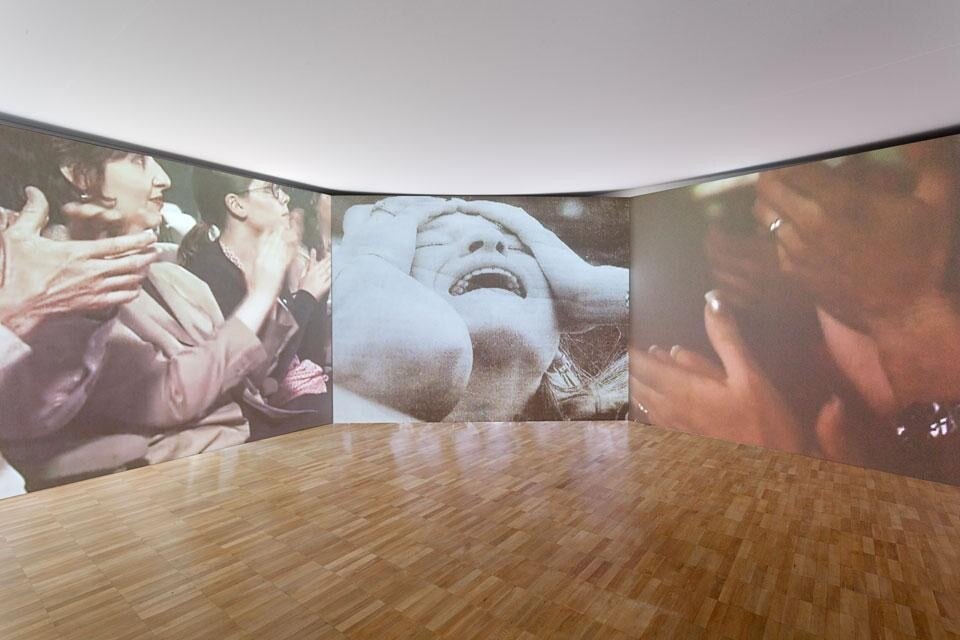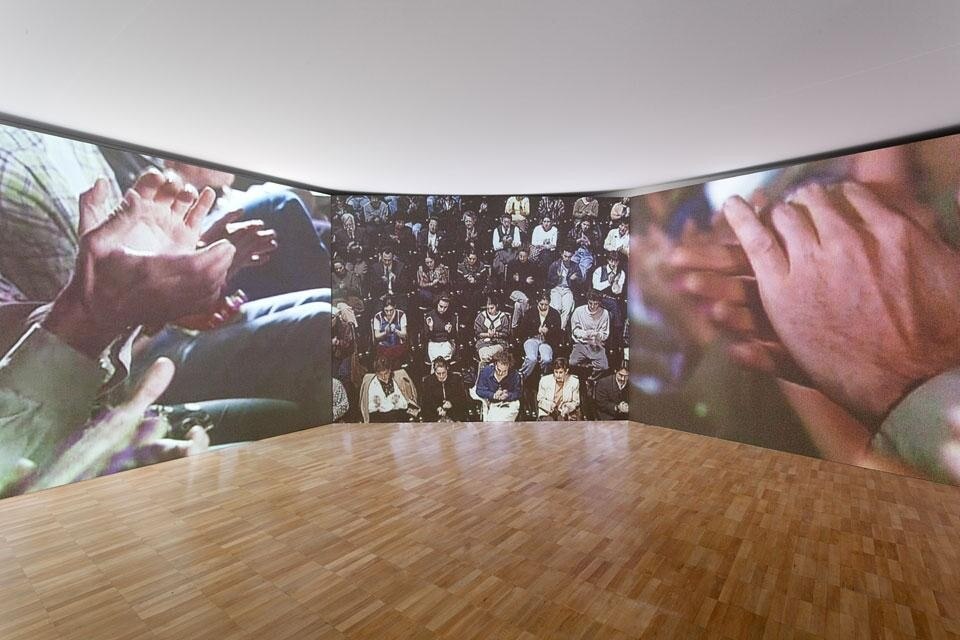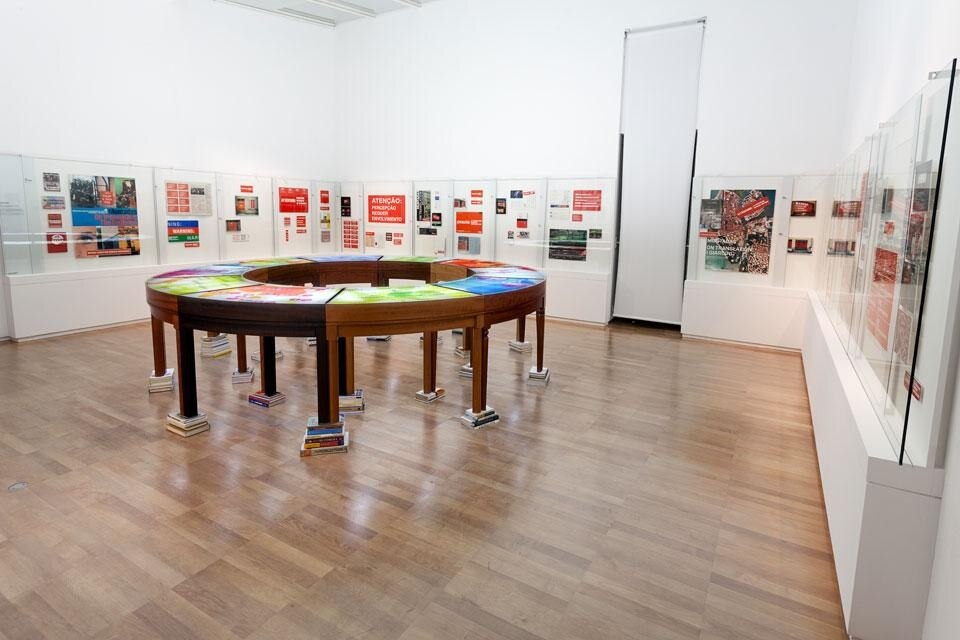Earlier than many artists, Muntadas defined a specific space of communications with Media Landscape. He decided to situate his research within the opaque and redesigned flow of new technologies, from their very beginning. At the time, Muntadas sought to emphasize the distortions and aporias of the today pre-historic press, radio and television by reconstituting the gestures of the nascent exercise of hyper-consumption, or the modification of our sensory experiences, in his choreographies.
Those works seem distant in time but the sensory actions are still incredibly powerful. At Jeu de Paume, the Generic Monument on display is a tautology but its scale (photographs of an electricity pylon) inside the museum is stunning: metaphysical like a shadow with surrealistic intensity. Walking through the exhibition, it is clear that a chronological interpretation of the artist's work would be futile. In fact, Muntadas rejects that approach because it would only separate the viewer from the exploration of the diverse and successive forms of technology. The dialogue between art and life cannot be expressed in the description of a time sequence; and so the low-tech of his first explorations is mixed with such recent works as the File Room of The Archive that could not exist without the Internet.
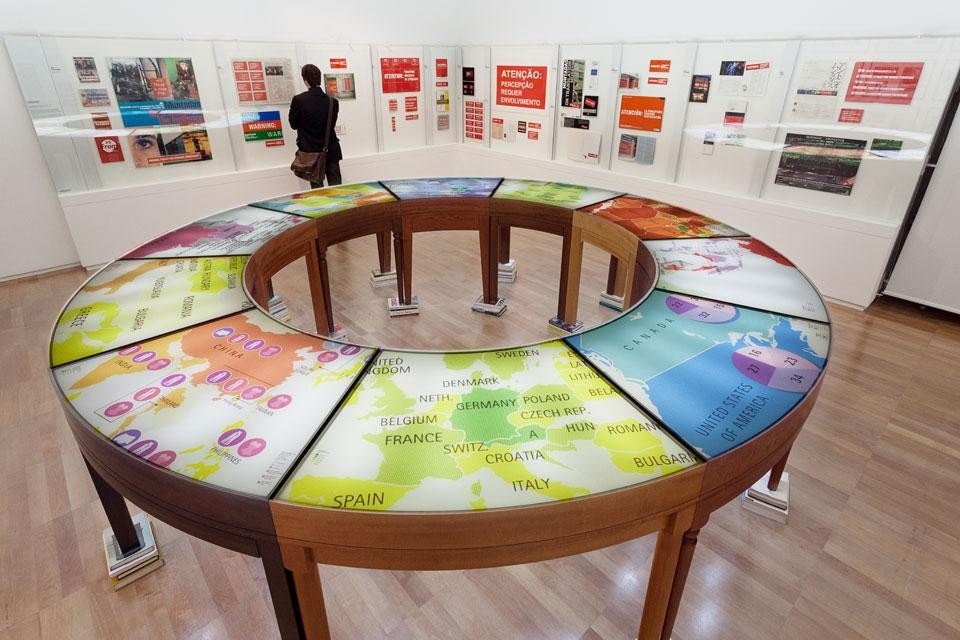
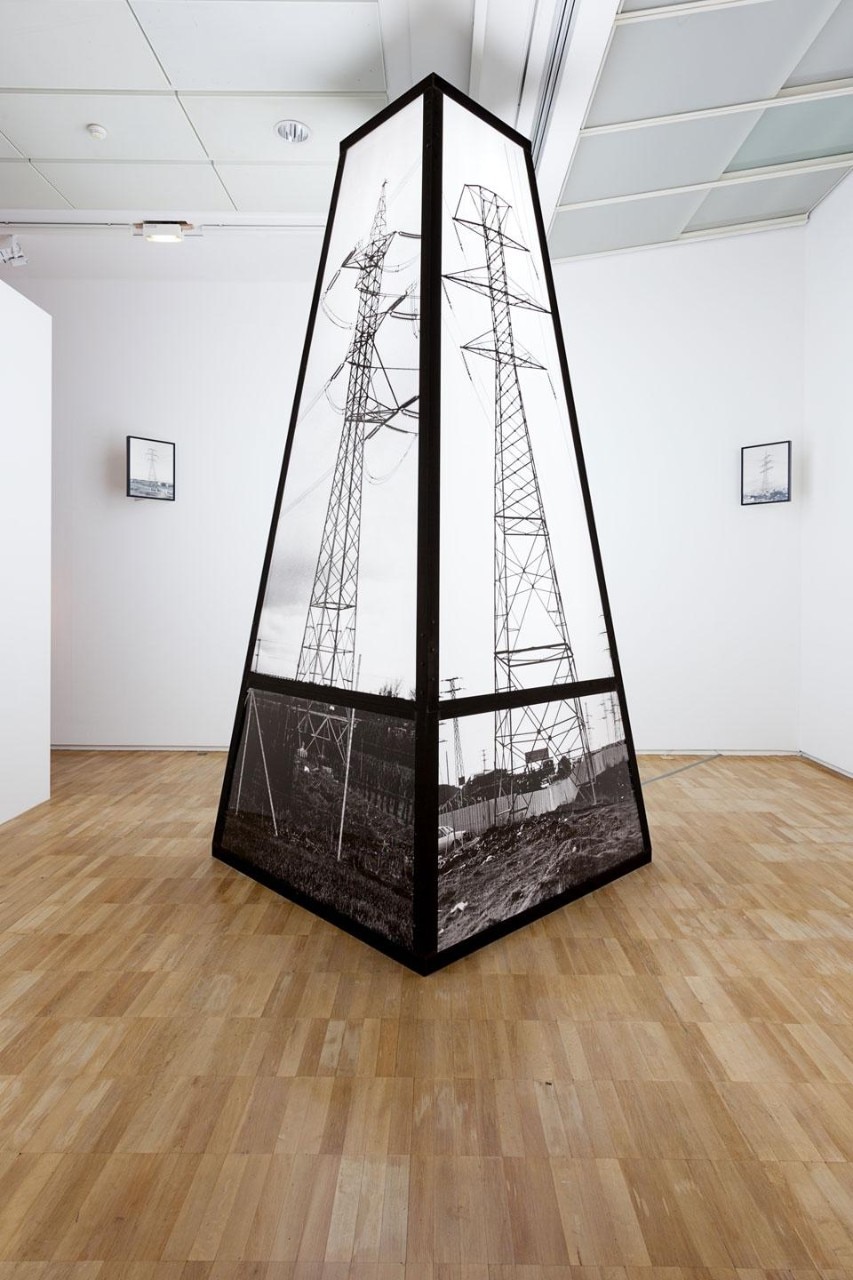
All of the work is highly iconic, precisely because it has not been brought up to date
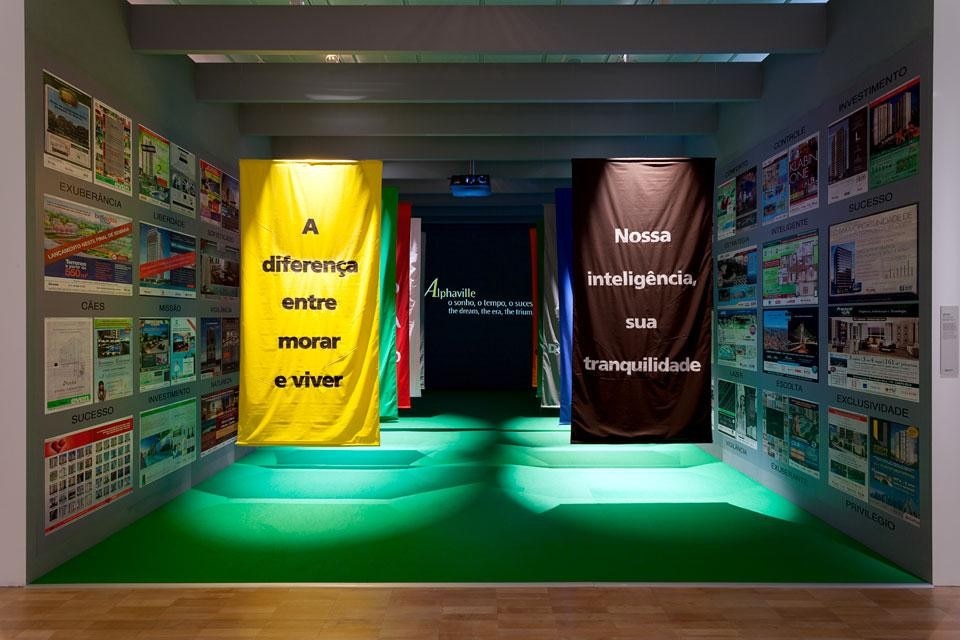
Muntadas: Entre / Between
Jeu de Paume
1 place de la Concorde, Paris
